Exfoliating your skin is an essential step in any skincare routine, helping to remove dead skin cells and reveal a fresh, glowing complexion.
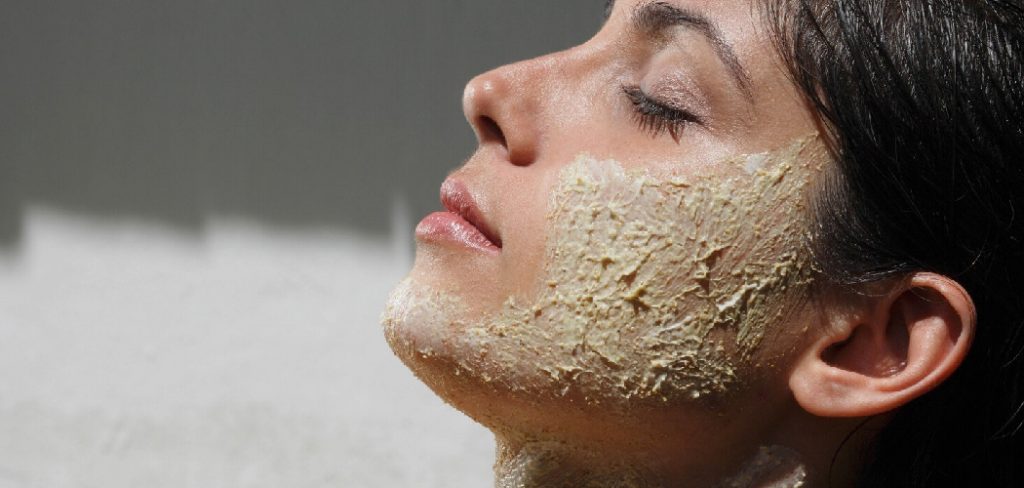
A facial scrub can be a natural and affordable way to achieve this, using simple ingredients you might already have at home. This guide will walk you through how to make facial scrub tailored to your skin’s needs.
The Benefits of Exfoliating Your Skin
Exfoliating your skin offers numerous benefits that contribute to a healthier and more radiant complexion. By removing dead skin cells, exfoliation helps to unclog pores, reducing the chance of breakouts and blackheads. It also stimulates blood circulation, which can enhance your skin’s overall tone and texture.
Regular exfoliation supports cell turnover, promoting the growth of new, healthy skin cells and helping to fade pigmentation or acne scars over time. Additionally, exfoliation allows skincare products like moisturizers and serums to penetrate deeper into the skin, making them more effective. Incorporating exfoliation into your skincare routine can leave your skin looking smoother, brighter, and refreshed.
Why Homemade Scrubs Are a Healthier Alternative
Homemade facial scrubs are a healthier alternative to many store-bought products for several reasons. First, they allow you to use natural, chemical-free ingredients, reducing your exposure to harsh additives, synthetic fragrances, and preservatives that can irritate sensitive skin. By crafting your own scrub, you have full control over what goes into it, ensuring that the ingredients suit your specific skin type and concerns.
Many conventional scrubs contain microplastics or abrasive particles that can harm both your skin and the environment, whereas homemade scrubs often rely on gentle, eco-friendly exfoliants like sugar, oatmeal, or coffee grounds. Additionally, making scrubs at home is cost-effective and sustainable, allowing you to repurpose common kitchen items and reduce packaging waste. Choosing homemade solutions not only prioritizes your skin’s health but is also a step toward more mindful, eco-conscious skincare practices.
10 Methods How to Make Facial Scrub
1. Classic Sugar and Honey Facial Scrub
A simple yet effective scrub can be made using sugar and honey. Sugar acts as a natural exfoliant, while honey provides moisture and antibacterial properties. To prepare, mix one tablespoon of sugar with one tablespoon of honey. Gently massage the mixture onto your face in circular motions, then rinse with warm water. This scrub is suitable for all skin types and helps maintain smooth, hydrated skin.
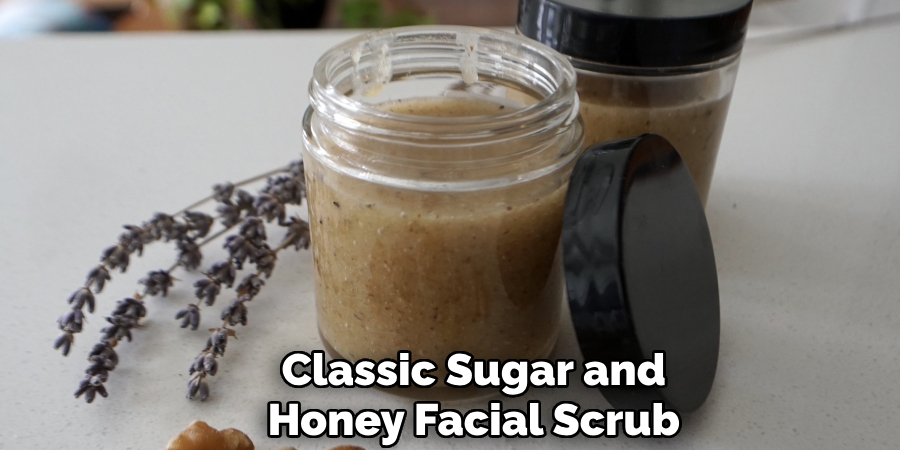
2. Oatmeal and Yogurt Exfoliating Scrub
Oatmeal is a gentle exfoliator that soothes sensitive skin, while yogurt contains lactic acid to help dissolve dead skin cells. Combine two tablespoons of ground oatmeal with one tablespoon of yogurt to form a paste. Apply to the face, massage gently, and leave it on for 10 minutes before rinsing. This scrub is ideal for those with dry or sensitive skin.
3. Coffee and Coconut Oil Scrub
Coffee grounds are excellent for exfoliation, while coconut oil provides deep hydration. Mix one tablespoon of coffee grounds with one tablespoon of coconut oil. Apply to the skin, gently scrubbing in circular motions, then rinse with warm water. This scrub helps to reduce puffiness and improve circulation, leaving your skin refreshed and energized.
4. Baking Soda and Lemon Scrub
Baking soda is a mild exfoliant, and lemon juice contains natural acids that brighten the skin. Mix one teaspoon of baking soda with half a teaspoon of lemon juice to form a paste. Gently apply to your face, scrubbing lightly, then rinse thoroughly. This scrub works well for oily and acne-prone skin, but those with sensitive skin should use it sparingly.
5. Brown Sugar and Olive Oil Scrub
Brown sugar is a natural exfoliator that removes dead skin cells, while olive oil nourishes and moisturizes. Combine one tablespoon of brown sugar with one teaspoon of olive oil. Apply to your face, scrubbing gently, then rinse. This scrub is perfect for those with dry skin as it hydrates while exfoliating.
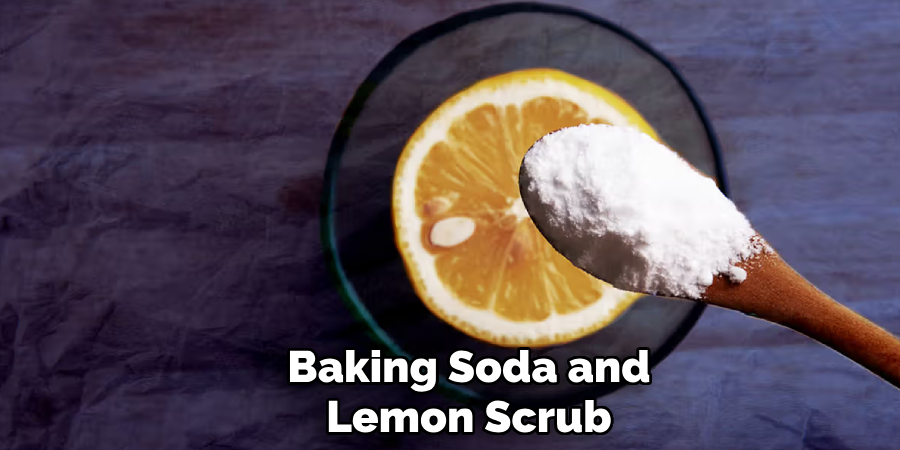
6. Green Tea and Rice Flour Scrub
Green tea contains antioxidants that fight free radicals, and rice flour acts as a gentle exfoliant. Brew a cup of green tea and allow it to cool. Mix two tablespoons of rice flour with a tablespoon of green tea to form a paste. Apply to the skin, gently scrubbing, then rinse. This scrub brightens the complexion and provides anti-aging benefits.
7. Aloe Vera and Sugar Scrub
Aloe vera has soothing and healing properties, making it an excellent choice for sensitive skin. Mix one tablespoon of aloe vera gel with one tablespoon of sugar. Apply to your face, scrub gently, and rinse. This scrub helps to calm irritated skin while providing gentle exfoliation.
8. Sea Salt and Honey Scrub
Sea salt is a powerful exfoliator that helps remove impurities, while honey soothes and hydrates. Mix one tablespoon of sea salt with one tablespoon of honey. Gently massage onto the skin, then rinse with warm water. This scrub is excellent for detoxifying and brightening the skin.
9. Papaya and Sugar Scrub
Papaya contains enzymes that naturally exfoliate the skin, making it an excellent choice for a chemical-free exfoliant. Mash a few pieces of ripe papaya and mix with one tablespoon of sugar. Apply to your face, scrub gently, and rinse. This scrub helps to remove dead skin cells while improving skin texture.
10. Almond Powder and Rose Water Scrub
Almond powder provides gentle exfoliation, while rose water soothes and tones the skin. Mix one tablespoon of almond powder with a few drops of rose water to create a paste. Apply to your face, scrub lightly, then rinse. This scrub is ideal for those looking for a natural glow and even skin tone.
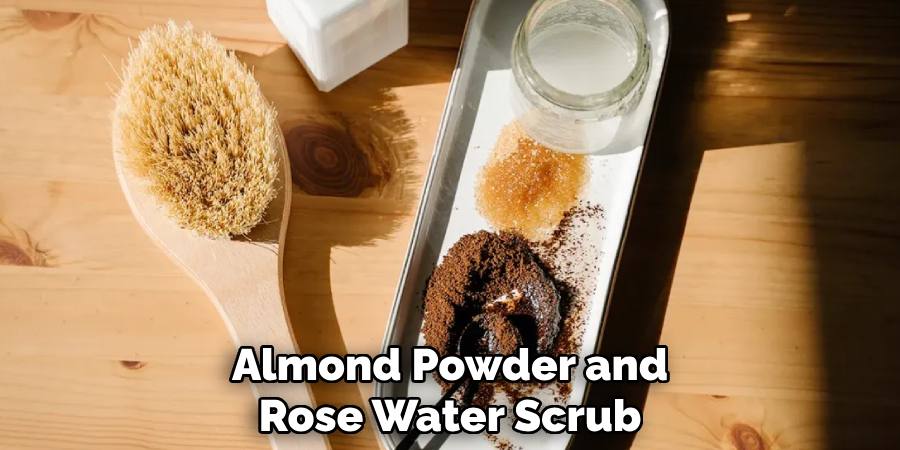
Things to Consider When Choosing or Using Facial Scrubs
When selecting or using facial scrubs, it’s essential to keep a few key factors in mind to ensure the best results for your skin. First, always consider your skin type. Individuals with sensitive or dry skin should opt for scrubs with gentle ingredients like oatmeal or aloe vera, whereas those with oily or acne-prone skin may benefit from scrubs that include lemon juice or baking soda.
Second, frequency matters. Over-exfoliating can lead to irritation and damage your skin barrier, so exfoliate no more than two to three times a week, depending on your skin’s tolerance. Additionally, always perform a patch test before trying any new scrub to check for potential allergic reactions. Lastly, avoid scrubs with excessively harsh or abrasive particles, as they can cause micro-tears in the skin, leading to long-term damage.
By paying attention to these considerations, you can ensure that your exfoliation routine enhances your skin’s health and glow without causing harm.
Troubleshooting Common Issues
While using facial scrubs can significantly improve your skin’s texture and appearance, some issues may arise if not used properly. Below are some common problems and how to address them:
1. Skin Irritation or Redness
If your skin becomes red or irritated after using a scrub, it could be due to excessive exfoliation or an ingredient your skin is sensitive to. Reduce the frequency of use and opt for scrubs with gentler ingredients like oatmeal, aloe vera, or honey. Always patch test before applying the scrub to your entire face.
2. Dryness After Scrubbing
Experiencing dryness after exfoliation may indicate that the scrub has removed too much of your skin’s natural oils. Follow up with a hydrating moisturizer immediately after rinsing your scrub. For dry skin types, consider scrubs made with moisturizing ingredients like yogurt or coconut oil.
3. Breakouts or Acne
If you notice an increase in breakouts, your scrub may be too harsh for your skin or clogging your pores. Avoid scrubs with large, rough particles, and ensure proper rinsing after use. Look for non-comedogenic ingredients and deeply hydrating alternatives to prevent over-drying, which can lead to more oil production and acne.
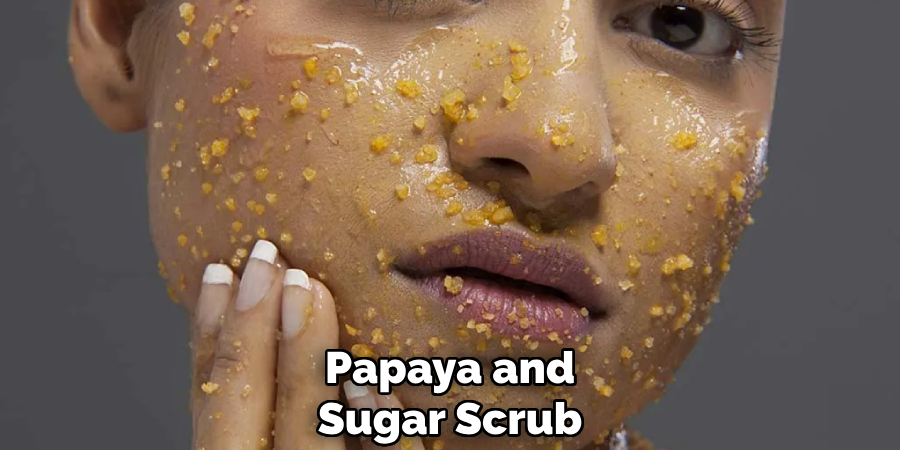
4. Uneven Results
If you feel certain areas of your face are smoother than others, you might be applying uneven pressure or missing spots during the exfoliation process. Use gentle, circular motions and ensure you’re covering all areas of your face evenly. Focus on problem areas like the T-zone but be careful not to overdo it.
5. Allergic Reactions
Signs of an allergic reaction include itching, swelling, or rash shortly after application. If this occurs, stop using the scrub immediately and wash your face with lukewarm water. Avoid allergens in future scrubs and consider consulting a dermatologist for guidance on ingredients suitable for your skin.
6. Over-Exfoliation
Overusing facial scrubs can weaken the skin barrier, leading to sensitivity, dryness, or peeling. Limit exfoliation to two or three times per week, depending on your skin type, and allow your skin adequate time to recover between sessions.
Paying attention to how your skin reacts and making small adjustments to your routine can help you overcome these issues, leading to a healthier and more radiant complexion.
Conclusion
Facial scrubs can be an excellent addition to your skincare routine, helping to gently exfoliate, remove dead skin cells, and reveal a brighter, smoother complexion. By choosing the right scrub for your skin type and following proper usage guidelines, you can enjoy the numerous benefits of exfoliation without compromising your skin’s health.
Always remember to prioritize gentle ingredients, avoid over-exfoliation, and observe how your skin responds to different products. So, there you have it – a quick and easy guide on how to make facial scrub.
About the Author
Jane Hubbard is a passionate beauty expert with a wealth of experience in makeup, hair, and overall beauty techniques. After years of working as a hairdresser specialist, she followed her entrepreneurial spirit and started her own consultancy business.
Jane has always been driven by her desire to help others feel confident in their own skin, and she does this by sharing her knowledge, experiences, and practical beauty tips. Through her consultancy, she empowers individuals to embrace their unique beauty, offering tailored guidance that boosts both self-esteem and personal style.
Professional Focus
- Specializes in makeup, hairstyling, and beauty consulting.
- Provides personalized beauty advice, tips, and techniques to help individuals feel confident in their appearance.
- Dedicated to staying up-to-date with the latest industry trends and developments.
- Passionate about creating a comfortable and empowering experience for every client.
Education History
- University of Craft and Design – Bachelor of Fine Arts (BFA) in Woodworking and Furniture Design
- Woodworking Apprenticeships – Extensive hands-on training with skilled craftsmen to refine carpentry and furniture making techniques
- Online Courses & Masterclasses – Continued education in advanced woodworking techniques, design principles, and specialized tools
Expertise:
- Makeup artistry, hairstyling, and beauty consulting.
- Personalized beauty techniques to enhance confidence and self-expression.
- Educating clients on how to maintain their beauty routines at home.
